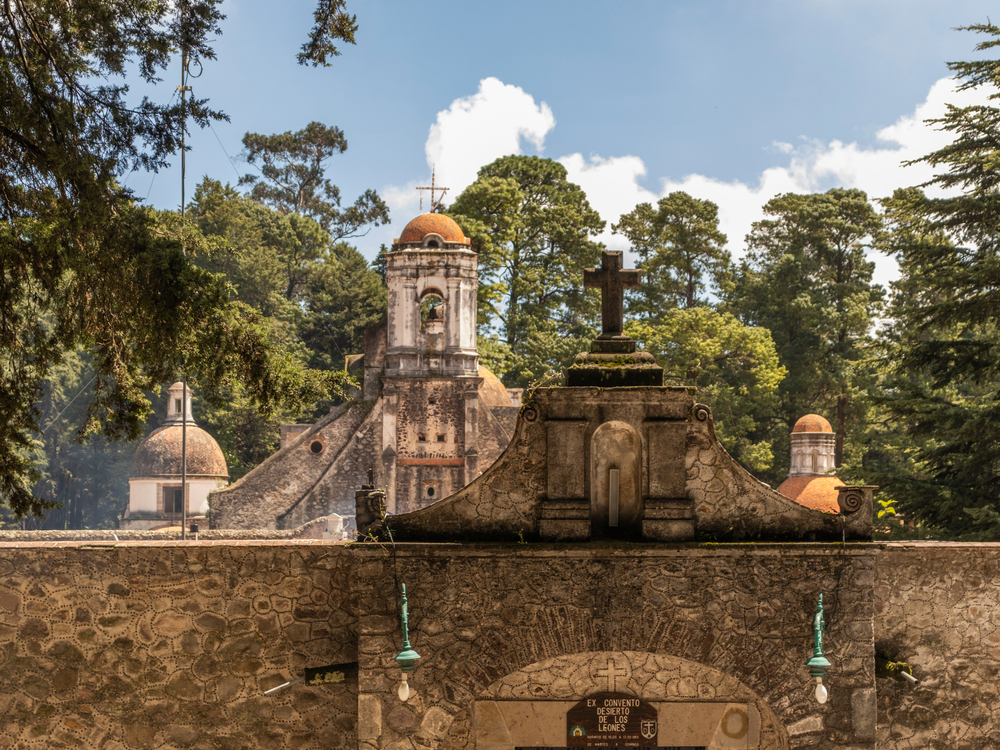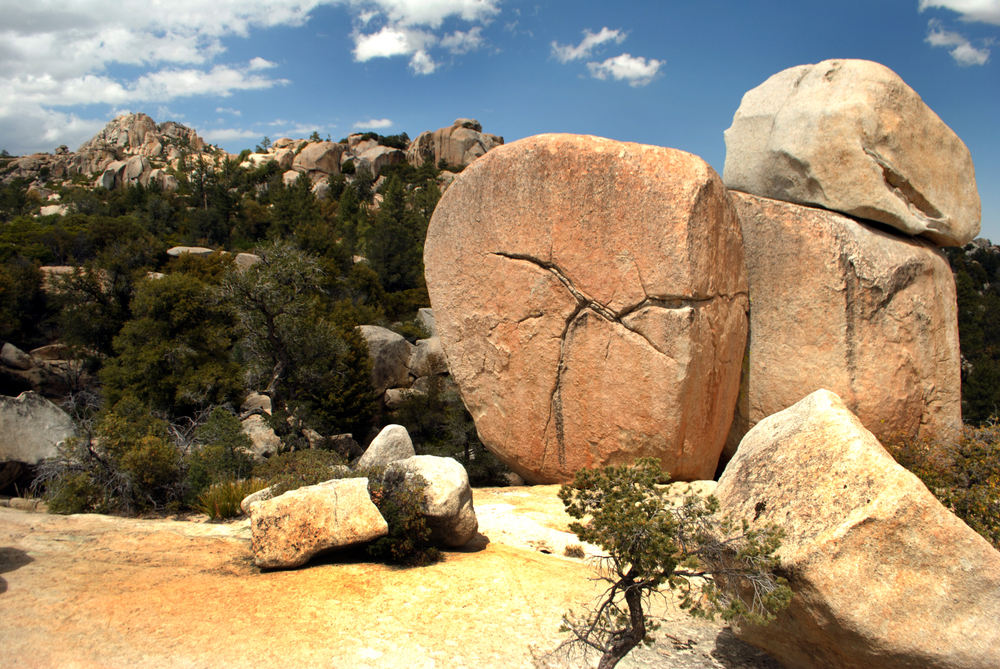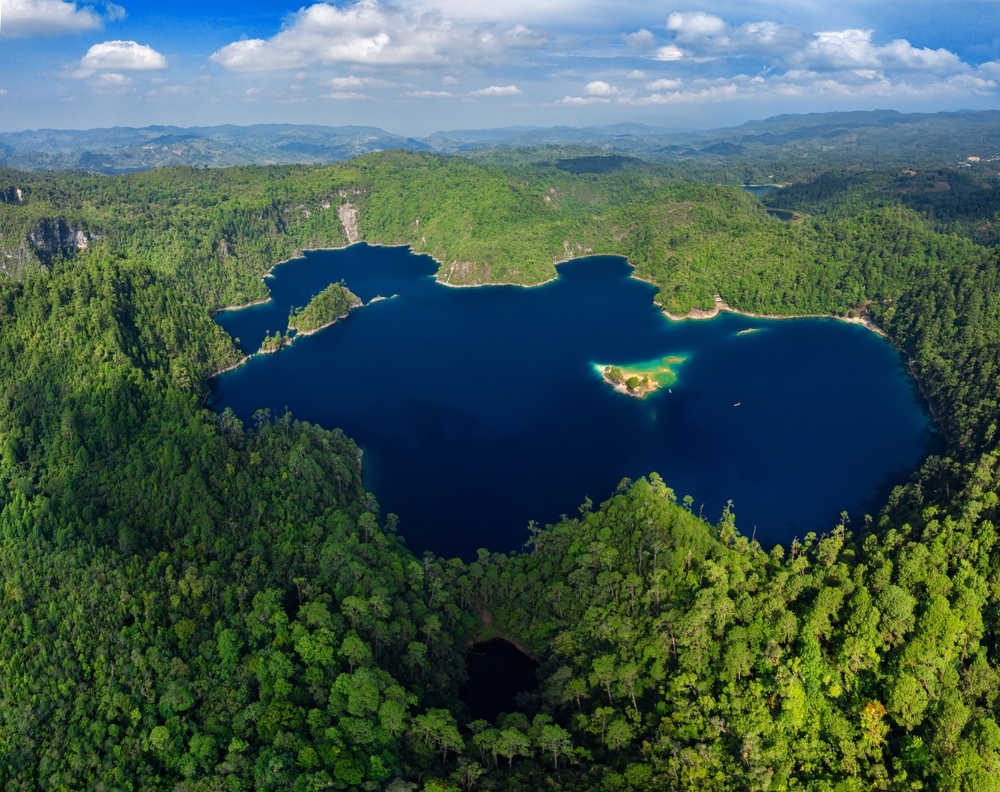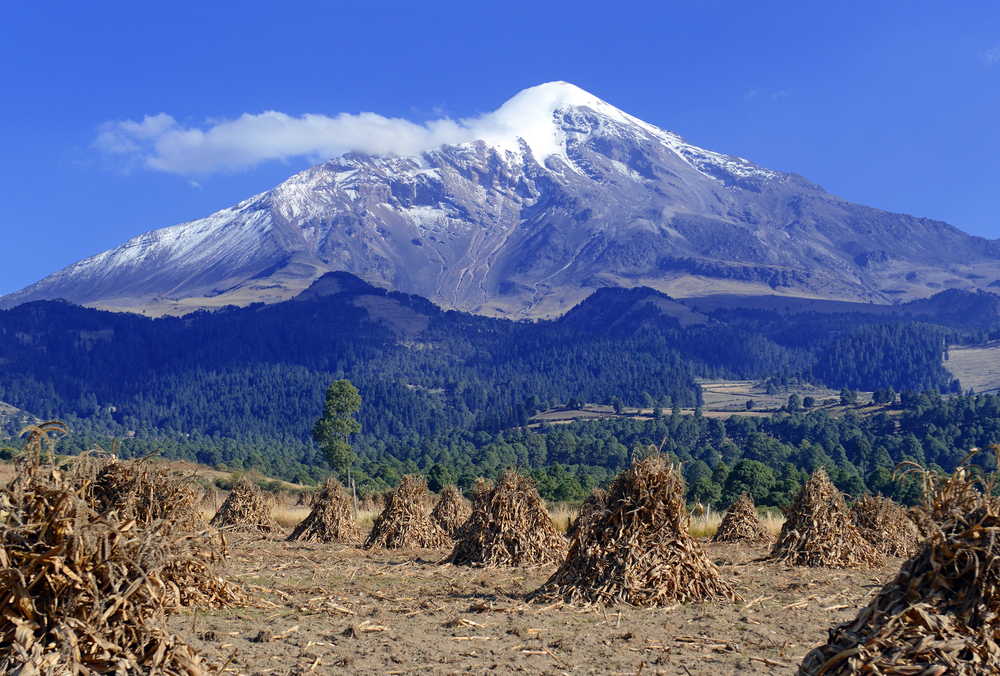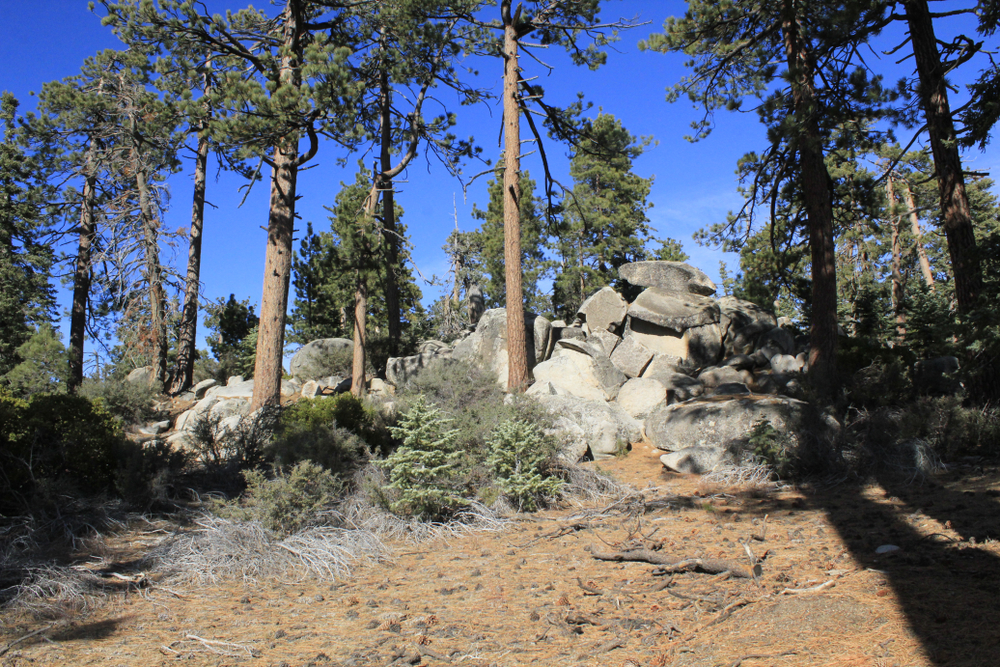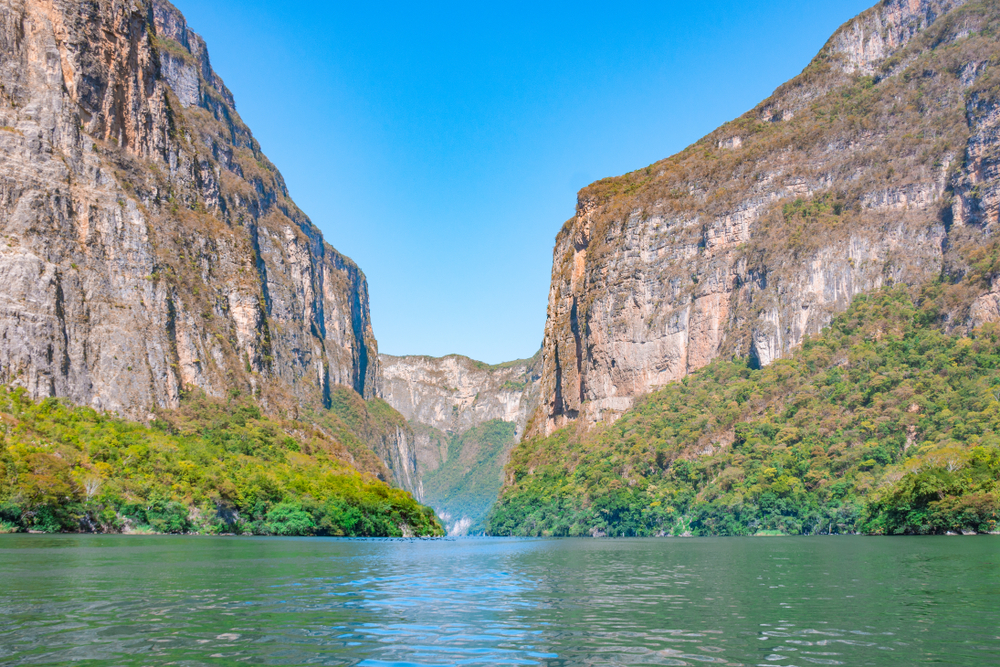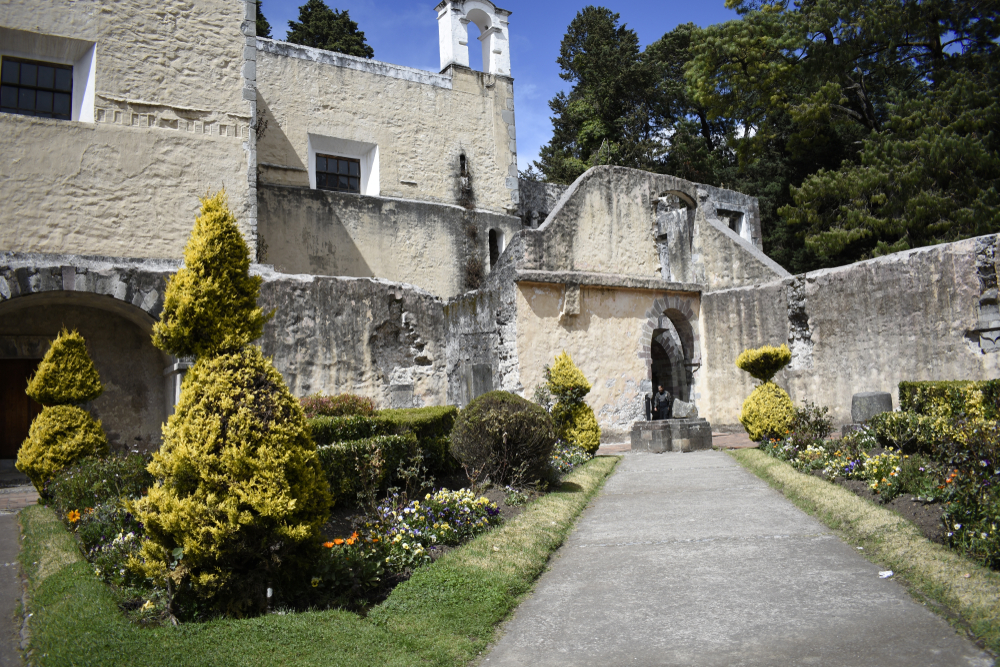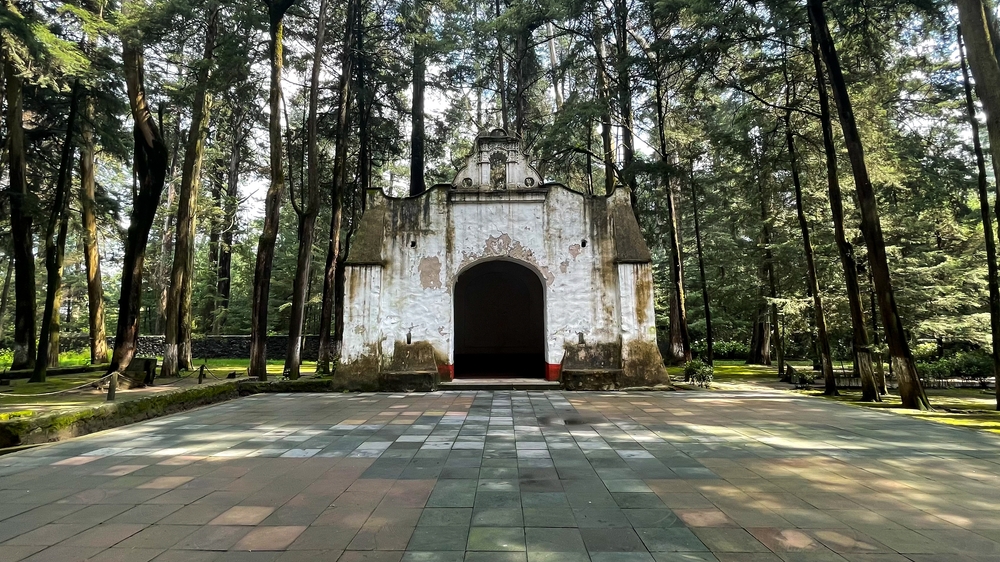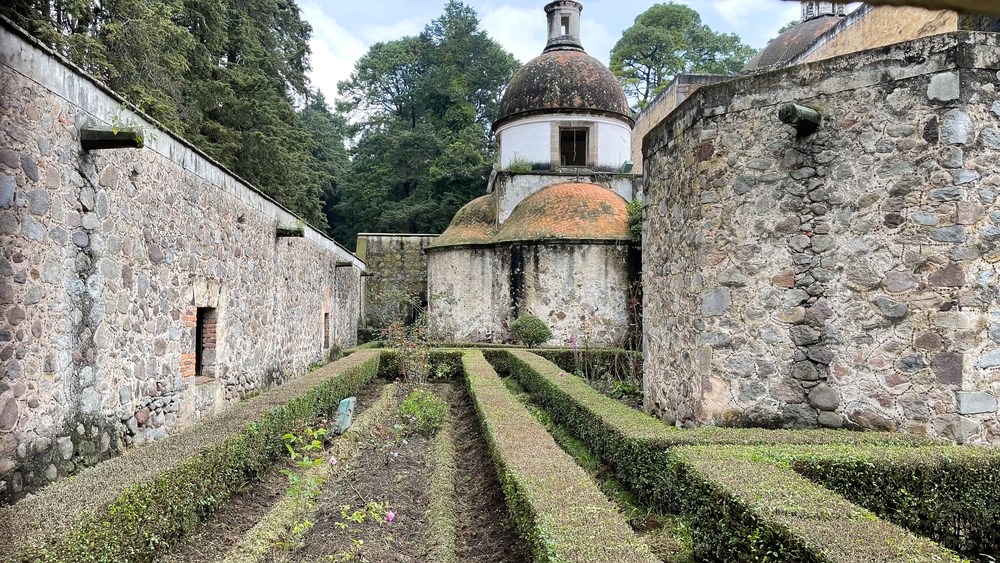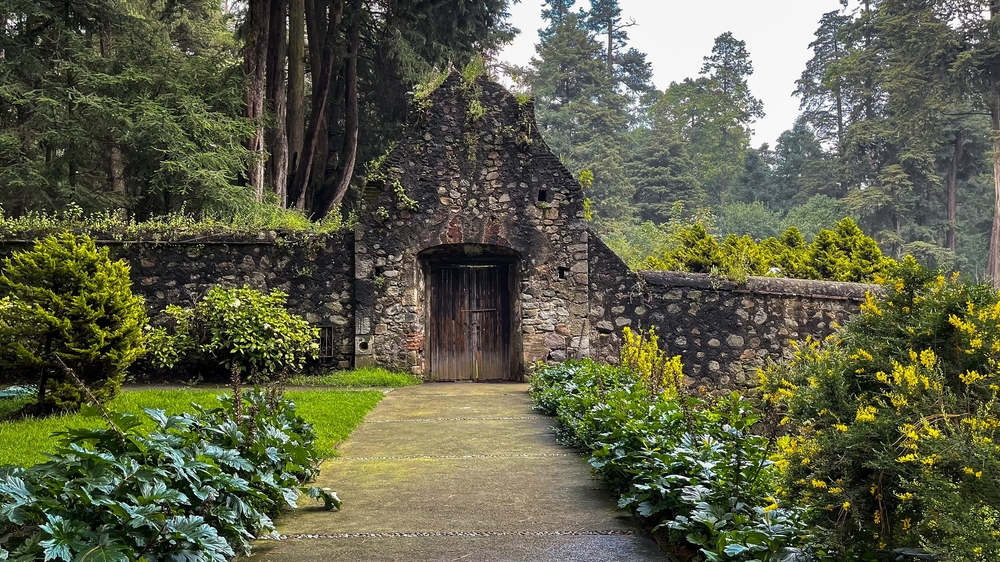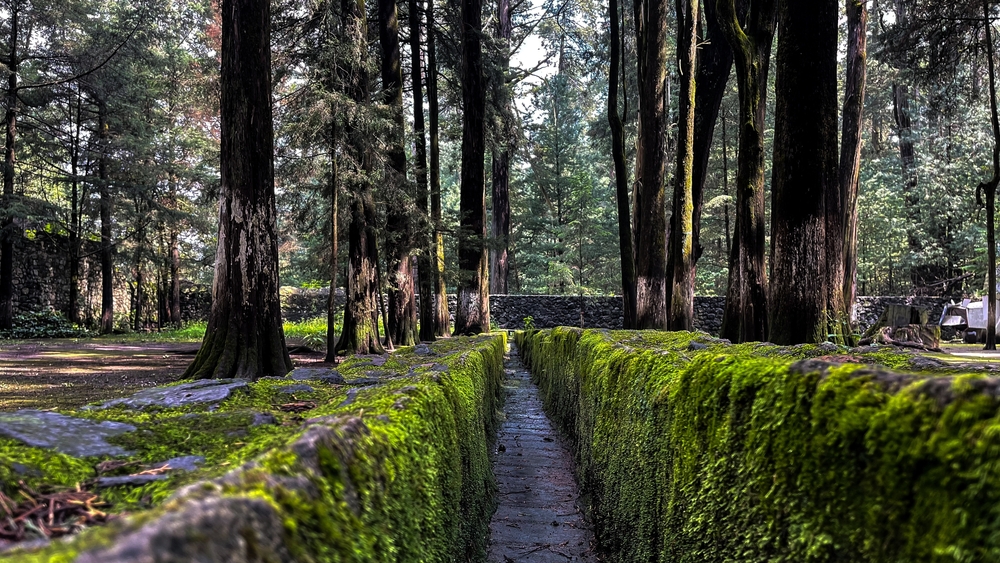Desierto de los Leones Overview
Desierto de los Leones National Park (in Spanish: Parque Nacional Desierto de los Leones) is located just 20 miles(32 kilometers) southwest of Mexico City. Established in 1917, it was the first national park in Mexico, covering an area of approximately 18.4 square miles (around 47.5 square kilometers). Despite its name, “Desierto” does not refer to a desert but rather to a secluded, peaceful retreat. The word “Leones” comes from the Carmelite friars who established a monastery there in the 17th century, not actual lions.
The park is situated in the Sierra de las Cruces mountain range at an altitude of over 9,800 feet (3,000 meters), offering cool, refreshing air and a natural escape from the bustling city. The landscape is characterized by its dense forests of pine, fir, and oak trees, alongside meadows, streams, and waterfalls. The lush forest creates a tranquil environment, making it a popular spot for hiking, picnicking, and nature photography.
The park’s diverse vegetation supports a wide variety of wildlife. White-tailed deer, raccoons, and squirrels are frequently spotted in the park. Though harder to see, bobcats, weasels, and several species of bats also inhabit the area. The park is a haven for birdwatchers, with species such as hawks, owls, and woodpeckers found throughout its forests.
A key feature of Desierto de los Leones National Park is the well-preserved Carmelite monastery, which serves as a historical and cultural attraction. Visitors can explore the old convent, enjoy peaceful walking trails, and learn about the park’s rich religious and historical significance.
This combination of natural beauty and historical relevance makes Desierto de los Leones National Park a unique destination for both nature enthusiasts and history buffs seeking a tranquil retreat near Mexico’s capital.
Park Map
Desierto de los Leones National Park Highlights
Engaging Desierto de los Leones
Sources
- All Trails, Best Trails in Desierto de los Leones, https://www.alltrails.com/ar/parks/mexico/state-of-mexico-4/parque-nacional-desierto-de-los-leones, retrieved August 2024.
- Britannica, Leones - Desierto de los, https://www.britannica.com/topic/Leones-Desierto-de-los, retrieved August 2024.
- Mexico City, Desierto de los Leones, https://mexicocity.cdmx.gob.mx/venues/desierto-de-los-leones-national-park/, retrieved August 2024.
- Planeta, Desierto de los Leones, https://www.planeta.com/desierto-de-los-leones/, retrieved August 2024.
- Wikipedia, Desierto de los Leones, https://en.wikipedia.org/wiki/Desierto_de_los_Leones_National_Park, retrieved August 2024.








































































